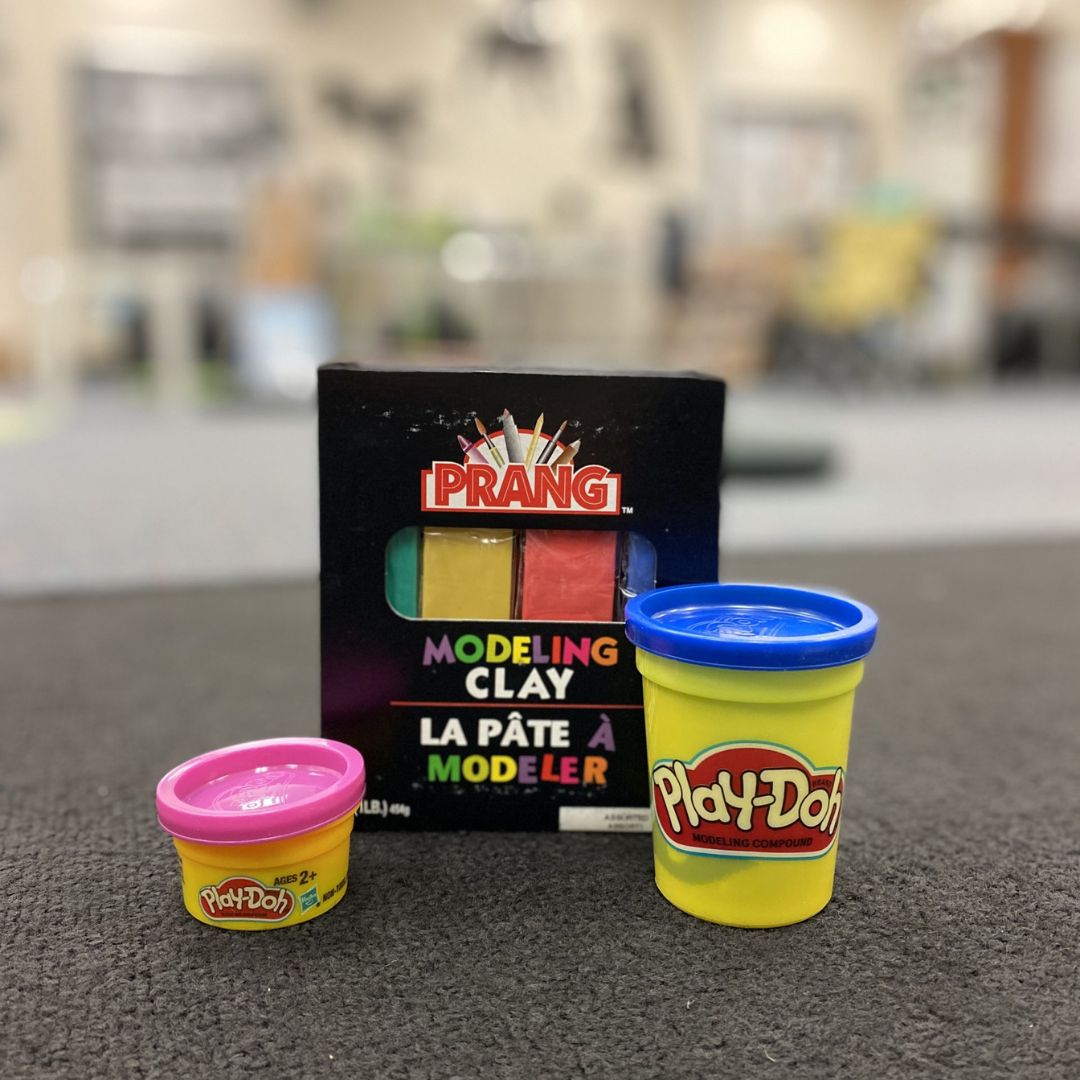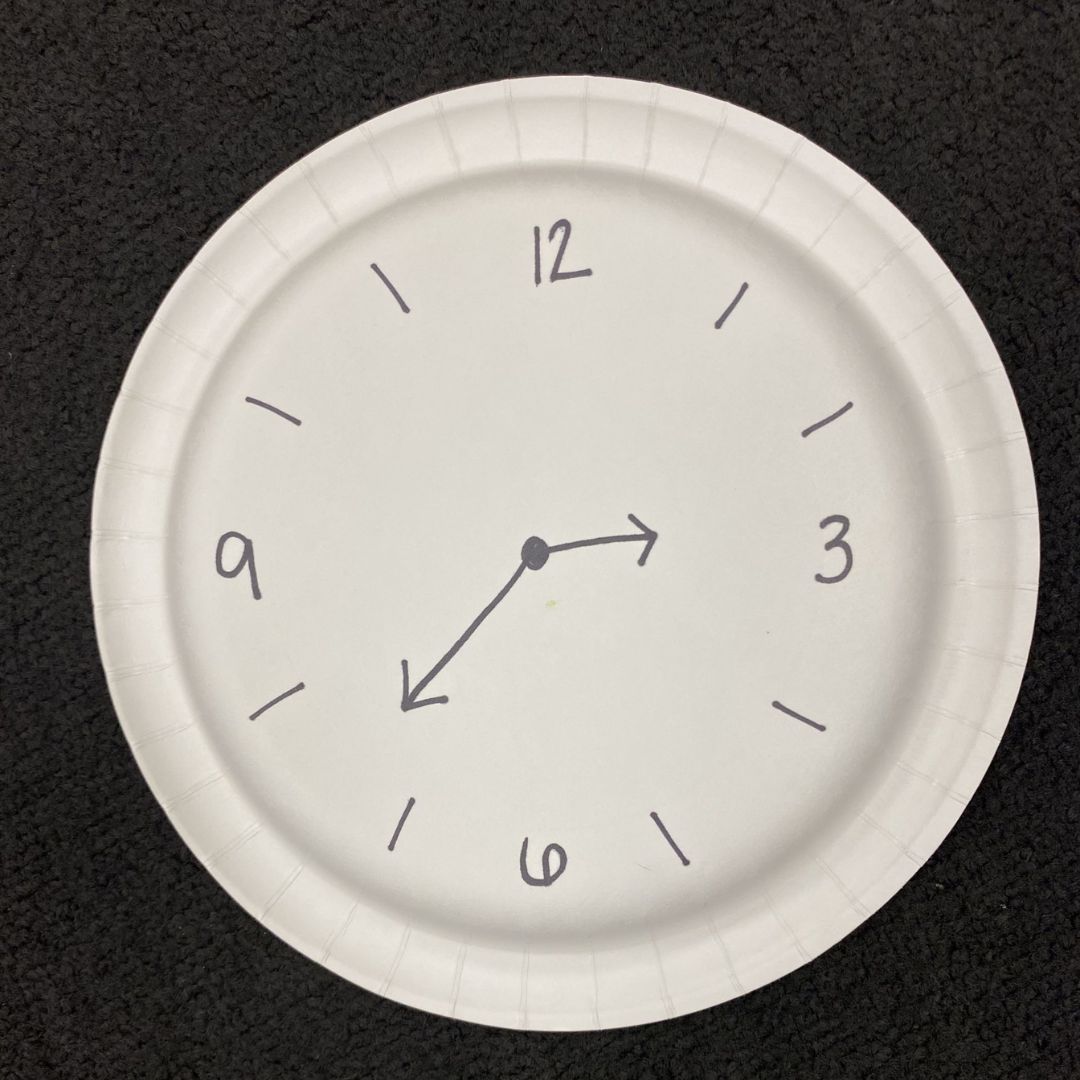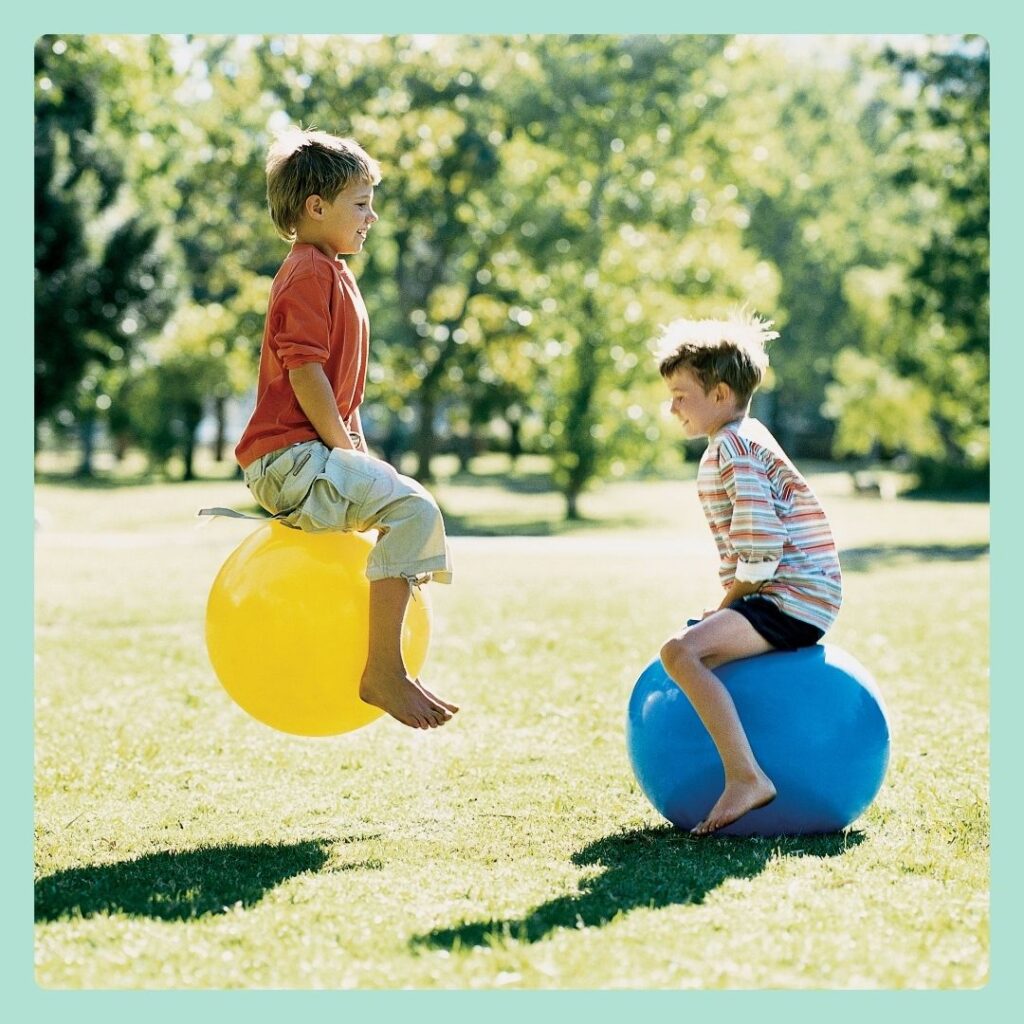Resilience is one of my favorite topics to teach and one of my favorite small groups to run. I always include goal setting, identifying problems, coping skills, healthy habits, and positive relationships as components of resilience. Here are six tools for teaching resilience that help bring those components and your resiliency lessons to life.
6 Common Items You Can Use to Teach Resilience
Challenging Games
Games like stacking, wobble, and balance games require students to be mindful and patient. When they fall, they also provide an excellent visual for resilience.
I also love games that take problem-solving skills, such as Rush Hour or DogPile, to teach resilience. Students can“level up” to more complex challenges as the game progresses. This can lead to some wonderful debriefing discussions.
After each game, I like to lead students through a discussion with these questions:
- “What happened during our game?”
- “How are you feeling?”
- “What was your brain saying to you as you played?”
- “What would you do differently next time?”
- “How does this relate to resilience?”
Games like Jenga or Wobble Wall also allow you to build relationships. As students pull a block, they can answer icebreaker questions and make connections with each other. You can use EduKate and Inspire's game resource to add a therapeutic element to any game.

Slinkys and Expandable Spheres
Resilience is “the ability of a substance or object to spring back into shape; elasticity”(Oxford Languages, 2020). Bring the definition of resilience to life with these flexible toys. Slinkys and expandable spheres are two fun tools for teaching resilience.
I have the students stretch the slinky and expand the ball as we talk about things that might make us “bent out of shape” or “stretch us too thin.” Then we watch as the slinky “bounces back” and make our sphere the original size. As we play with our toys, we identify coping skills we have learned or will learn about.
One coping strategy I always introduce is various breathing techniques. These toys add a tactile aspect to breathing exercises. As you inhale, stretch out your toy and exhale, return it to its original shape.

Modeling Clay or Play-dough
Not all problems are created equal. There are those we can control and those we cannot. Modeling clay or play-dough is an excellent tool for teaching resilience because it helps students understand exactly what type of problem they face.
Use playdough or clay to have students create something that has challenged them or is a worry they have. Then, they discuss whether this worry is something they can control, “a play-dough problem,” or something out of their control, “a rock problem.”
If the problem is in control, discuss how they can change the situation and have them remodel the dough into that strategy or solution. Ask them how it feels to know they are in control of their problems, what they can say to their brain when they feel frustrated, and have them notice the time it takes to remodel their clay and connect that to their real-life situation.
If the problem is out of their control, discuss coping. This is the perfect segue into a discussion of healthy coping skills.

A Paper Plate
A healthy lifestyle is a foundation for resilience. “Doctors recommend that children ages 3 to 6 need about 10-12 hours of sleep each day. 7- to 12-year-olds do best with 10 or 11 hours”(Good Housekeeping, 2020). Without rest, our brains aren't able to work at their best.
You probably know from personal experience how hard it can be to rebound or keep going when you are hungry or exhausted. Eating right and getting plenty of rest are crucial in helping students succeed.
On one side of the plate, have students draw a nutritious meal or their favorite healthy snacks.
On the other side of the plate, have students draw a clock. Then, ask them when they get up to get ready for school. Working backward, have them calculate what time they need to get in bed for a whole night's rest. Once they have figured it out, have them use a highlighter to draw that time on their clocks.
When students are well-rested and healthy, it’s much easier to deal with the small rock and clay problems they face. Since we can’t be there to tuck our students into bed, I use this session to share healthy habit information with parents.
You can also host a parent night focused on resilience.



Postcards
Print various images on card stock and cut them into a smaller postcard size. The photos can be of anything!
Ask students to pick a card as they come in for their group, lesson, or session. Depending on your objective, you can cue them to pick a picture that represents:
- How are they feeling that day?
- A goal they have for the year.
- A goal they have for themselves.
- How do they feel about the start of school or the start of the group?
- How they want to feel by the end of the group or school year.
Next, have them turn the card over and draw a line down the center. On the left-hand side, ask them to write down their SMART goal or three commitments they want for themselves this school year.
You can mail students the cards or leave them on a student’s desk later in the year as a reminder of the goals and commitments they set for themselves. If you had students pick a picture representing how they felt at the start of the group, you can also bring the cards back out during the last session and ask students to reflect on how their feelings changed.


Books
There are so many wonderful titles on resilience, making books one of my favorite tools for teaching resiliency. I incorporate books into every lesson and session. Here are some of my favorites.

As you read, have students make self-to-text, text-to-life, and text-to-life connections. For quiet or resistant students, ask them how the character feels, what lesson the character learned, and whether they thought the character demonstrated resilience and how.
Ready to start your resiliency small group? Check out my Ruff Rebounders small group!







Love this! Where did you find the pictures for the students to choose from?